Batgirl: Barbara Gordon's journey from Batgirl to Oracle and back again
How Barbara Gordon got the last laugh after Batman: The Killing Joke
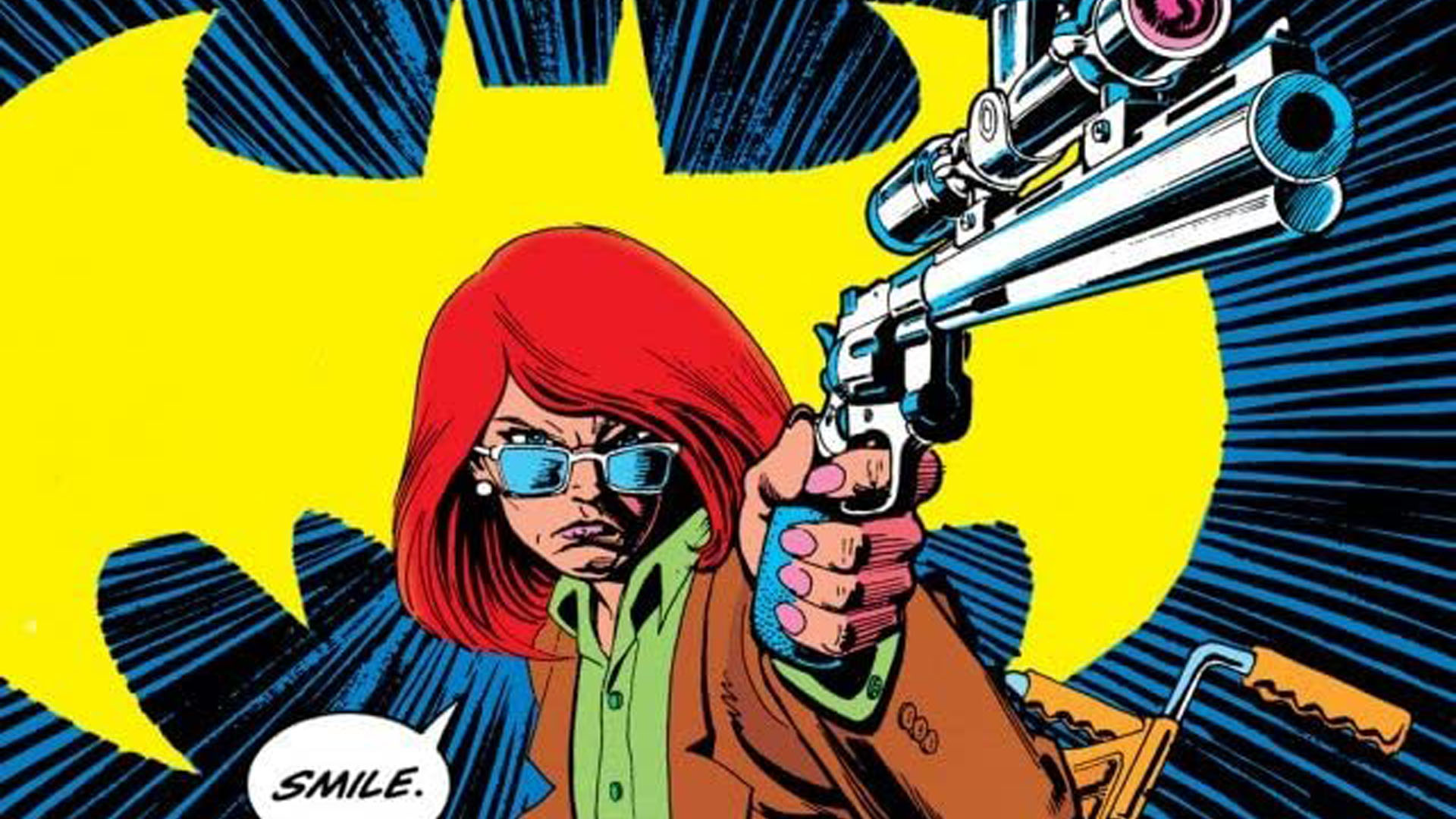
"I asked DC if they had any problem with me crippling Barbara Gordon - who was Batgirl at the time - and if I remember, I spoke to Len Wein, who was our editor on the project. … [He] said, 'Yeah, OK, cripple the bitch.'" – Alan Moore, in a 2006 Wizard Magazine article discussing the decision behind the infamous scene that paralyzed Barbara Gordon in Batman: The Killing Joke.
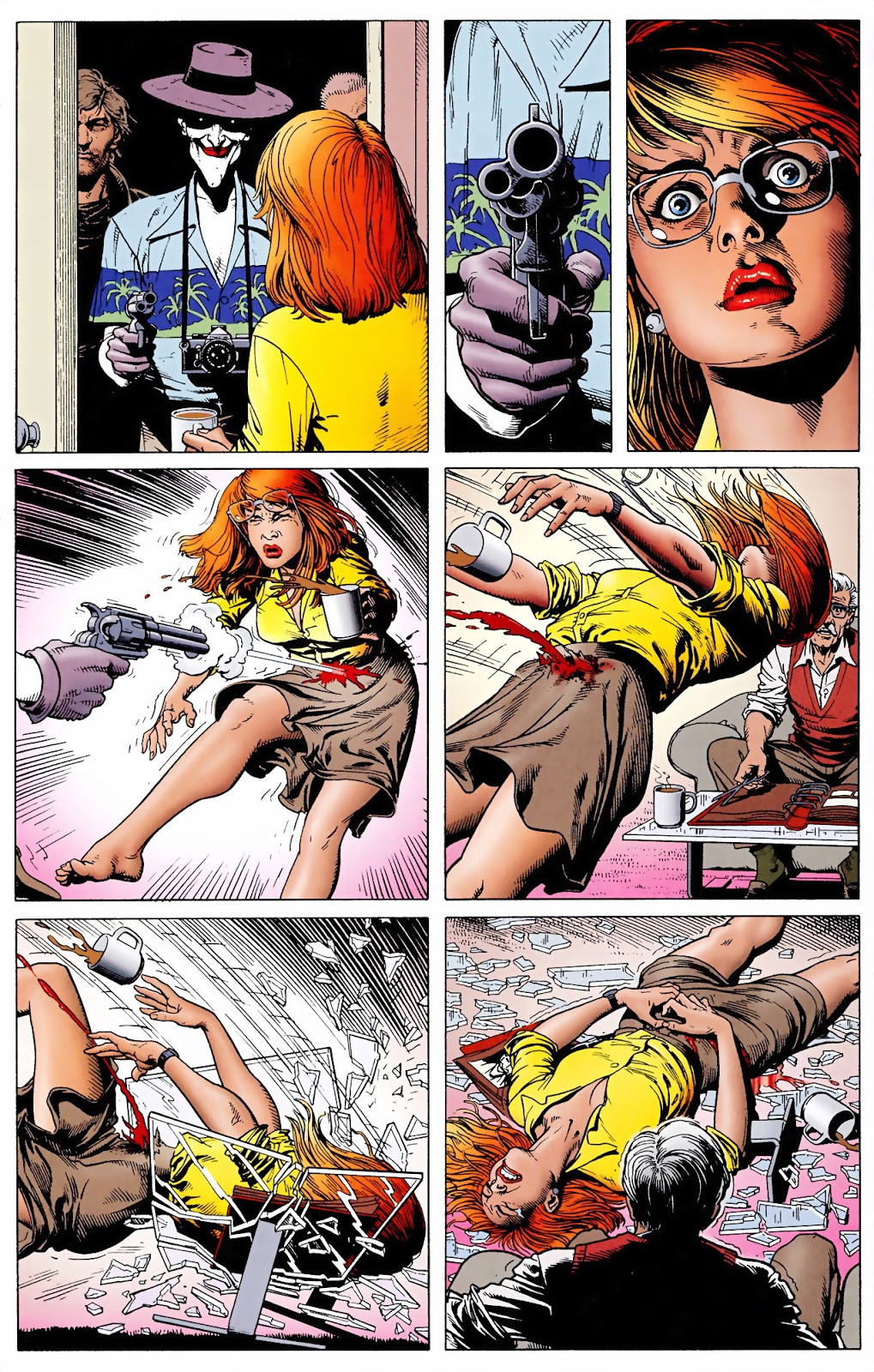
That decision for Barbara Gordon's character was a classic case of a 'Women in Refrigerators' moment - a trope in comics first identified by Gail Simone when discussing the death of Kyle Rayner's girlfriend when he found her body in his refrigerator. The commonly accepted definition of a 'Women in Refrigerators' moment is when a female comic book character is harmed for the sake of a male-centered story. In the case of 1988's The Killing Joke, Barbara Gordon was shot by the Joker in the villain's ongoing battle against Batman and Jim Gordon.
Barbara Gordon reclaimed a bit of her agency a year later when then-Suicide Squad writers John Ostrander and Kim Yale re-introduced her as Oracle, and allowed her disability to become her strength. Since her days as Oracle, Barbara has continued to evolve as a character - but never forgetting the 'fridging' in The Killing Joke.
"I've made no secret of the fact that I think The Killing Joke was a classic Women in Refrigerators moment," Simone told Newsarama previously. "It's beautifully executed, but for a Babs lover, it is an incredibly painful book. It's been discussed to pieces, but I did actually quit comics for a while after reading it.
"Babs might have been essentially sidelined forever if not for the wonderful work of two of my heroes, John Ostrander and the late Kim Yale," Simone continued. "Because of them and the writers that followed, Babs' recovery actually meant something, not just to people with disabilities."
Barbara Gordon to Birds of Prey
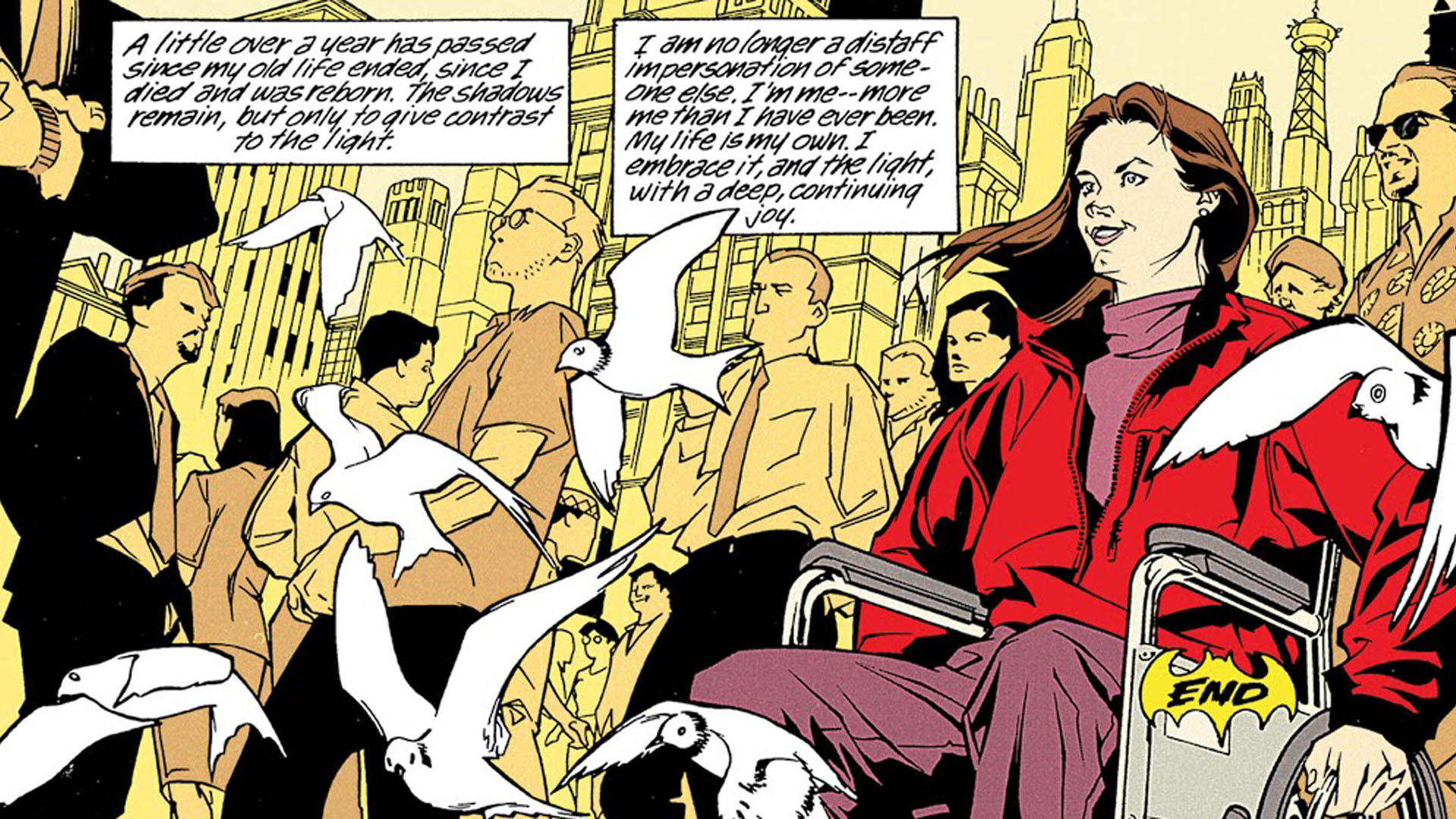
After becoming Oracle in 1989, the character popped up as the centerpiece of a new DC title, Birds of Prey, by writer Chuck Dixon and editor Jordan B. Gorfinkel. As Dixon tells Newsarama he was "appalled" at The Killing Joke moment.
"To take these characters and run them through events that horrific was a violation. And to wrap it up in an ending that self-indulgent and wrong was an insult to the franchise as well as the readers," Dixon tells Newsarama. "To do a story like that with legacy characters just for the sake of a single story is lazy and wrong. I mean, if Charlie Brown were to murder Lucy for pulling away the football it is certainly a ‘story' but it's a desecration of the characters."
Comic deals, prizes and latest news
Get the best comic news, insights, opinions, analysis and more!

Dixon explained that it was his then-DC-editor Jordan B. Gorfinkel who first brought up Barbara as a potential addition to Birds of Prey, as well as seeing the contrasts between her and Dinah Lance AKA Black Canary.
"Jordan Gorfinkel, my editor on Birds of Prey, was the real creator of the title. I was the writer he assigned to develop the title," Dixon says. "But it was all Gorf who saw a real chemistry between Oracle and Black Canary. The gimmick of Dinah working for an unknown handler was all his idea. And with the cancellation of Suicide Squad, Barbara was not regularly featured in any series beyond an occasional appearance in the Batman books."
"Gorf was convinced that the contrasts between Barbara and Dinah would make for an intriguing partnership. He was absolutely right," the writer continues. "Barbara's insistence on preparation and having all the available intel to conserve risk was the polar opposite of Dinah's 'leap before you look' attitude. It made for a fun combination when they worked together."
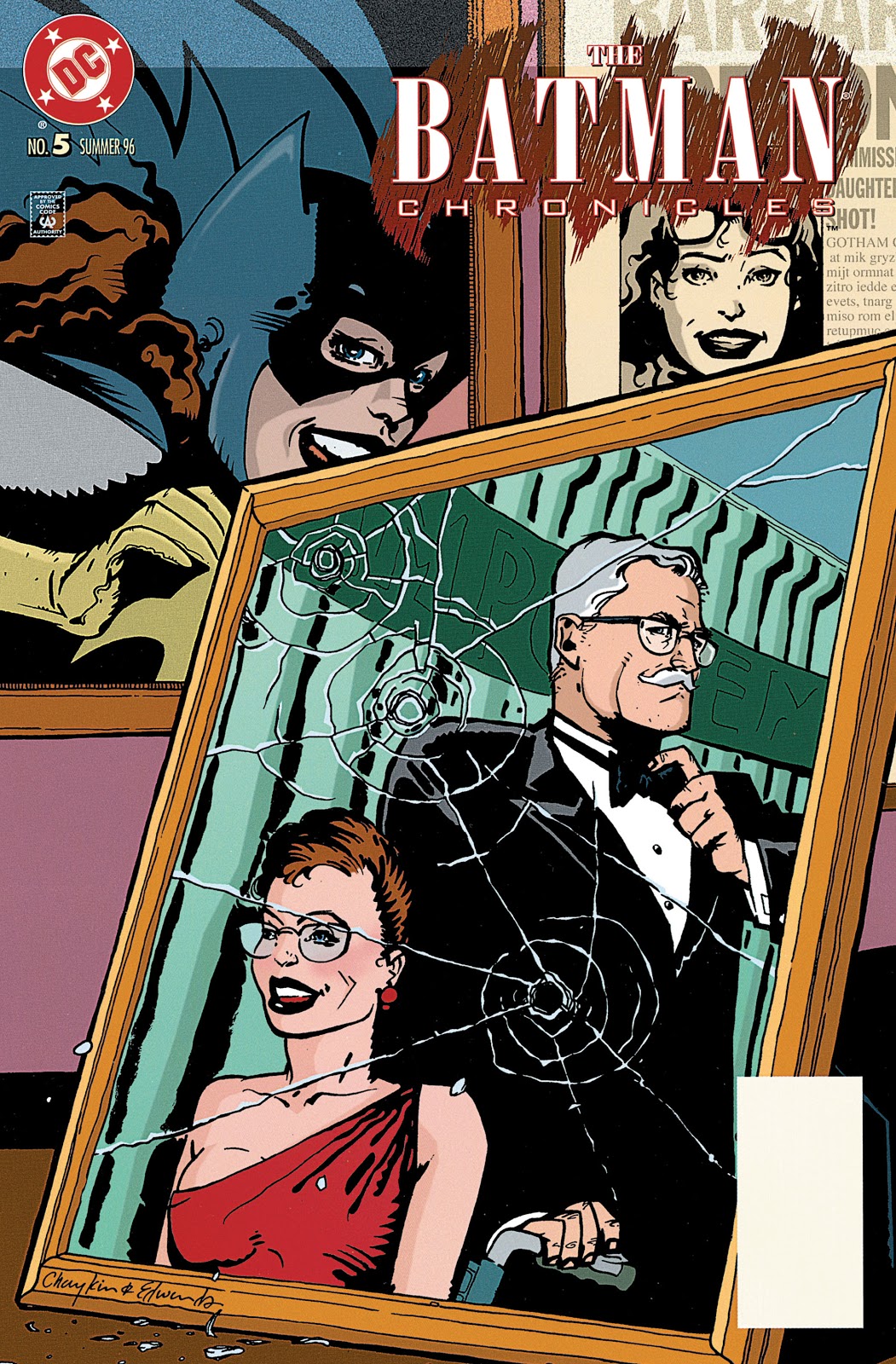
Dixon was a key part of DC's Batman titles during that time, not just on Birds of Prey. He said that Barbara Gordon's transformation into Oracle "saved" the character.
"Oracle saved Barbara. The persona was created as a therapy, as a vehicle, for her return to the role of a crimefighter," Dixon explains. "It was a natural progression from librarian to masked vigilante to intelligence provider. She had her optimism ripped away from her without it turning her into a bitter cynic. She turned her tragedy into a positive and made the best, the very best imaginable, of a terrible situation. In a genre loaded with indestructible characters, Barbara's story is a real inspiration."
From Gorfinkel's perspective, the seeds of Oracle were sown well before The Killing Joke.
"Oracle didn't reinvent Barbara Gordon, forgive me. Oracle externalized what was always on the inside," the editor says. "You know how we say that Batman is the real man and Bruce Wayne is the faux persona? With Babs, Batgirl was a costume. Oracle is the real her."
Barbara Gordon reclaims the Batgirl mantle

After 20+ years as Oracle, DC reinvented Barbara Gordon once again - by removing the disability and putting her back on duty as Batgirl for 'New 52.' But not everyone was happy with that change - Dixon included.
"I think the return to Batgirl was a mistake, a betrayal of decades of continuity," Dixon says. "As regrettable as the events of The Killing Joke were, what came out of it was a fascinating saga of courage. To toss that aside just to turn the clock back was a mistake that dilutes the entire concept of Barbara Gordon's evolution as a character."
Gorfinkel sees the change as inevitable if the character was to remain current, and that it resulted in more great Barbara stories.
"Evolve or perish. We'll always have those Oracle stories, no one can take them away from us," Gorfinkel says. "I will say that we're the richer for having the Batgirl in Burnside stories, which were terrific. (I have that Batgirl action figure watching over me in my office.)”

Gail Simone was the writer of Barbara Gordon's return to the costume for 'New 52,' and described it at the time as the character reclaiming her history.
"She's been removed from the action and danger for a long time. With this relaunch, she is still very much Barbara, but she can reclaim a part of her history and legacy with modern stories, in her own book and elsewhere, drawn by some wonderful artists," Simone told Newsarama. "The DCU in September is going to be about exploration for a while, and it seems remarkable, but this is the first time in DC history that Barbara Gordon has had an ongoing solo book."
Although no longer disabled, Simone wasn't wiping away the events of The Killing Joke - that traumatic event continued to clue into Barbara's story.
"Compared to issue #1, Barbara Gordon has worked through some of her post-traumatic stress," Simone told Comicosity in 2014. "Not to say she's worked through all of it, but she's learning how to cope and live with the traumatic event that happened to her - and also how to move on with her life and live with the fact that she does have some survivor's guilt.
"She's been working through her issues. She's still trying to get that perfect job that she hasn't gotten and find a good love relationship," the writer continued. "I think she's stronger now. She's been through a lot in these 30-some issues and we've put her up against a lot of tough situations. All it has done has made her stronger."
Becoming the Batgirl of Burnside
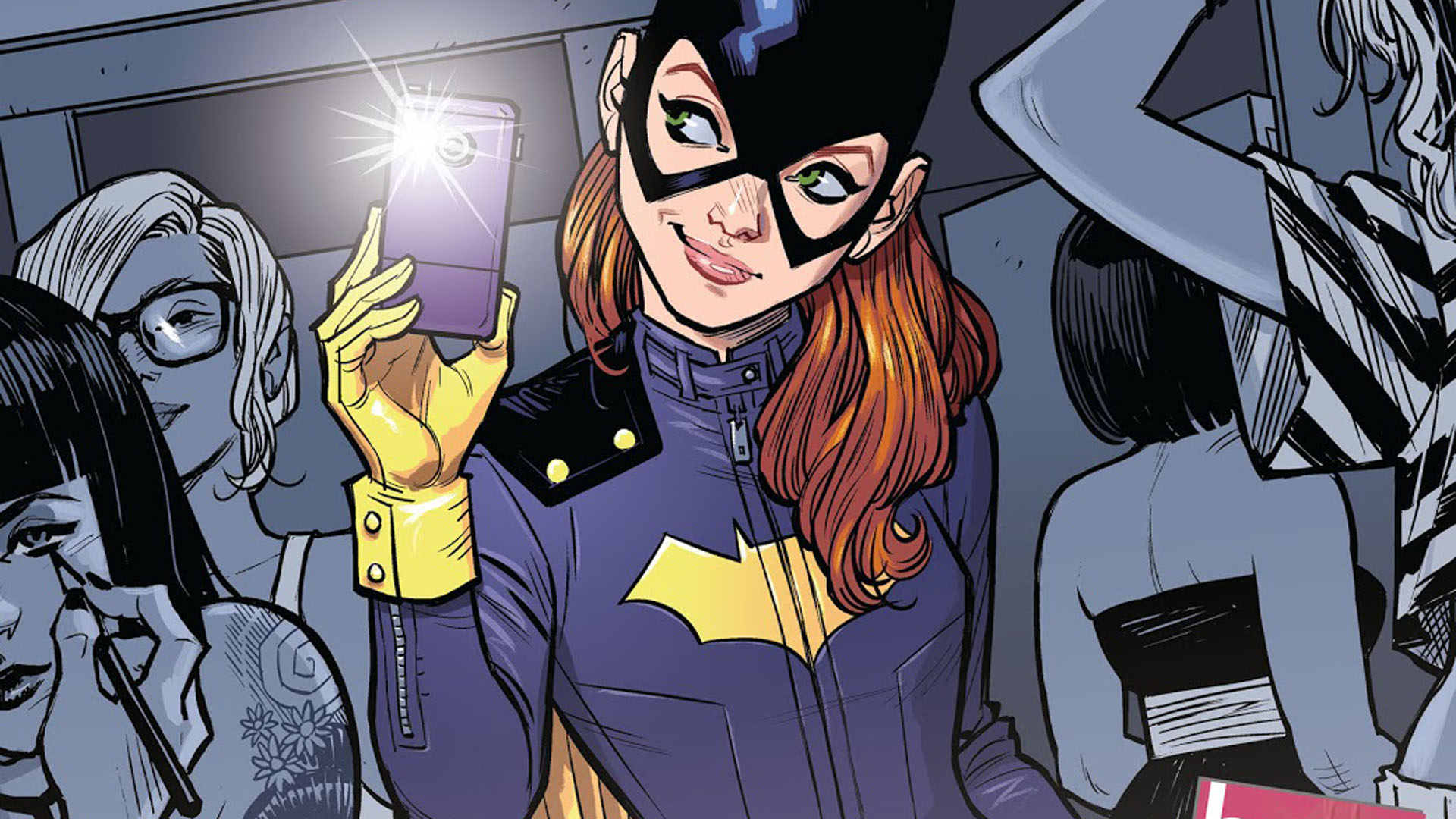
After Simone's 'New 52' Batgirl run, DC segued to the "Batgirl of Burnside" era with Cameron Stewart, Brenden Fletcher, and Babs Tarr. While Barbara had been defined by her The Killing Joke trauma for decades, that trio sought to show there was more to her than just her trauma.
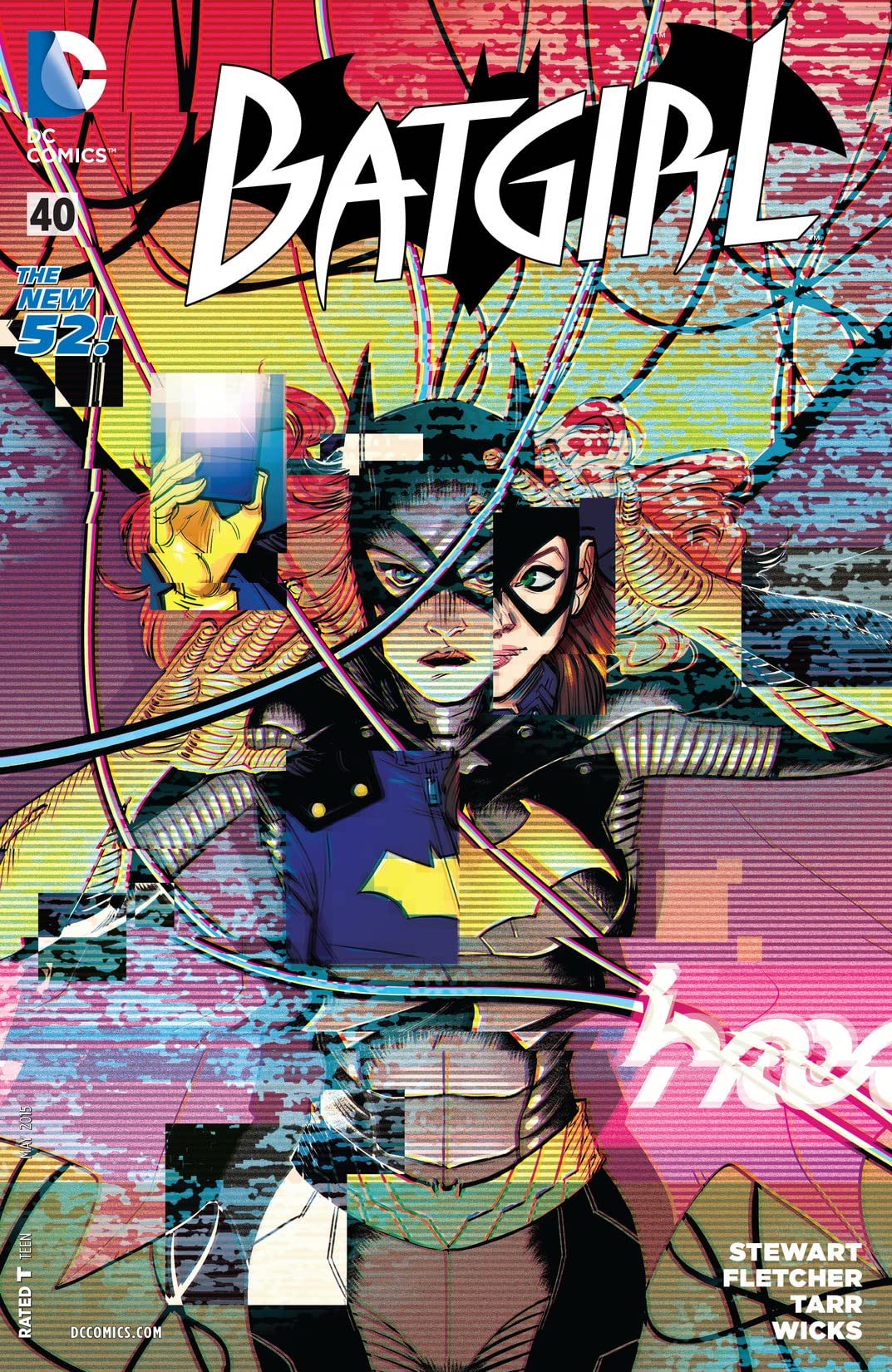
"I think Batgirl as a character had been in such a dark place, it was an obvious journey for us," Fletcher told Comicosity in 2015. "Cameron and I wanted for her to be the Batgirl that we grew up with - not exactly in her characterization, but in the way that she felt like the iconic version of Barbara Gordon as Batgirl: Yvonne Craig from the 1966 Batman TV show, Barbara Gordon from Batman: The Animated Series, from the old comics in the '60s and '70s. We wanted to feel that from the character."
"What it gave us was an implied arc where we allowed Barbara to make a hard decision about what she wanted her future to be, that is, that she wanted a brighter day for herself," Fletcher continued. "But she didn't quite know how to get there. Our arc is her journey to discover her north star, her normalcy… her middle ground. 'Who am I really, when I'm not mired in the misery of the Bat-world or Bruce Wayne's darkness? When I'm not dragged down into the depths of crime, who am I? And who did I want Batgirl to be back when I was 16 and created Batgirl?'"
After the onset of 'Rebirth' in 2016, Batgirl has meshed many of those themes into a multi-faceted character dealing with everyday problems as a person in her mid-twenties trying to survive in Gotham, all while tackling the trauma that comes along with her disability and PTSD. Barbara's costume and codename might have changed and may continue to, but one thing remains – the strength she finds through her trauma to continue to fight the good fight no matter the obstacle.
Get everything you need to know about Batgirl / Barbara Gordon, from her TV roots to her modern Batgirls program.
Kat has been working in the comic book industry as a critic for over a decade with her YouTube channel, Comic Uno. She’s been writing for Newsarama since 2017 and also currently writes for DC Comics’ DC Universe - bylines include IGN, Fandom, and TV Guide. She writes her own comics with her titles Like Father, Like Daughter and They Call Her…The Dancer. Calamia has a Bachelor’s degree in Communications and minor in Journalism through Marymount Manhattan and a MFA in Writing and Producing Television from LIU Brooklyn.



